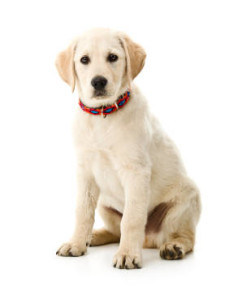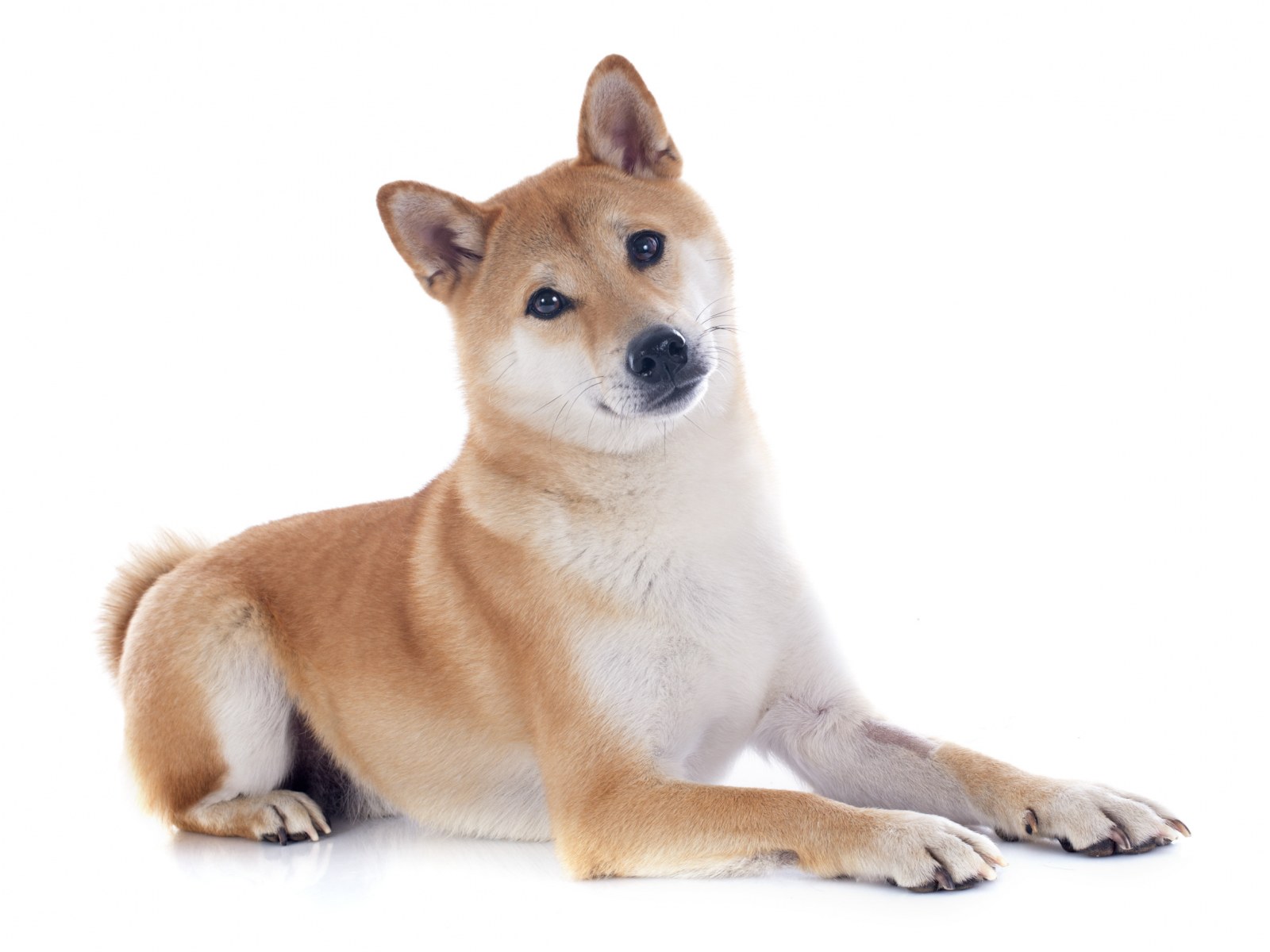The Labr ador Retriever is the ultimate gun dog, and as such he has a classic “gun dog” coat. The oily coat sheds water and helps retain heat when in cold water.The Labrador’s coat can also smell. This distinct odor is most observable after swimming or a hard run outside. The smell generally dissipates as the Lab dries or cools down from the outdoors.
ador Retriever is the ultimate gun dog, and as such he has a classic “gun dog” coat. The oily coat sheds water and helps retain heat when in cold water.The Labrador’s coat can also smell. This distinct odor is most observable after swimming or a hard run outside. The smell generally dissipates as the Lab dries or cools down from the outdoors.
Sometimes, however, it will be necessary to bathe your Lab. Labradors should be bathed only every two to three months – unless they’ve gotten into something particularly ripe that necessitates an immediate washing. Too much bathing will remove too much of the coat’s oils, drying out the skin and causing the outer coat to become dull and brittle.
When you do bathe your Lab, make sure you use lukewarm water – not too hot and not too cold. A bathtub works best with a spray nozzle that can be attached to the shower head or tub faucet. Be sure to put a rubber nonslip pad in the base of the tub to keep your dog from slipping.
Wet your Lab thoroughly, avoiding his ears and eyes. Once you’ve gotten him wet – and it can be a chore trying to completely soak that undercoat because your Lab is so water resistant – apply a high quality dog shampoo and work it in. Use a rubber brush, such as the Zoom Groom, to help remove excess undercoat and scrub out dirt that has really worked its way down to the skin.
Once you’ve really scrubbed your Labrador, wash out all the shampoo. When you think you’ve gotten all the shampoo out and the water is running clear, rinse him all over again. Any remnant of shampoo is his coat will cause him to itch later.
After your second full rinse, make sure all the water in the tub has drained and rinse his legs and paws one more time. Because the dog is often standing in a few inches of water during a bath, it is common to have a little soap still in his legs and paws after a bath. Rinse and rinse again!
Choosing the Right Dog Shampoo
There are shampoos for black coats and light coats, sensitive skin and sensitive eyes, to put shine in and to fluff coats out. So many choices! What do you use? Start with a good, tearless dog shampoo that is made for the pH level of a dog’s skin.
Drying Time
Ideally you have a stack of dry towels at the ready and you’ve remembered to shut the door to the bathroom firmly. If not, you’ll have a grand time chasing your wet Labrador as he bounds over, under, and through everything in your home with the “I’ve-got-the-after-bath zooms.”
When you do catch your Lab, towel him as dry as possible. Crate him with warm bedding in an area in the home without breezes or drafts until he is dry. If you prefer, you can blow-dry your dog. If you do use a blow dryer, use one made for dogs. Or if you use a “human” blow dryer, put the setting on “cool.” Blow dryers for humans heat up too much for a dog’s skin.
Don’t forget to dry your dog’s ears, too, with an ear wash or rinse. These products help to remove excess wax, debris, and water while cleaning the ear canal. Your veterinarian can provide you with good choices for this.
Tip: During high shedding periods, consider using a local dog wash for $15-$20. It costs less than a groomer, and all the shampoos and tools are provided. Best of all, you don’t have to deal with cleaning up all the wet hair afterward.

